Related Research Articles

Operation Bodenplatte, launched on 1 January 1945, was an attempt by the Luftwaffe to cripple Allied air forces in the Low Countries during the Second World War. The goal of Bodenplatte was to gain air superiority during the stagnant stage of the Battle of the Bulge so that the German Army and Waffen-SS forces could resume their advance. The operation was planned for 16 December 1944, but was delayed repeatedly due to bad weather until New Year's Day, the first day that happened to be suitable. It resulted in almost 500 destroyed Allied airplanes.

Jagdgeschwader 52 was a German World War II fighter Geschwader (wing) that exclusively used the Messerschmitt Bf 109 throughout the war. The unit originally formed near Munich in November 1938, then moved to a base near Stuttgart. JG 52 became the most successful fighter-Geschwader of the war, with a claimed total of more than 10,000 victories over enemy aircraft during World War II. It was the unit of the top three scoring flying aces of all time, Erich Hartmann, Gerhard Barkhorn and Günther Rall.
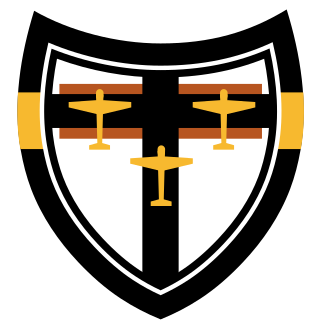
Jagdgeschwader 27 (JG 27) "Afrika" was a fighter wing of the Luftwaffe during World War II. The wing was given the name "Africa" for serving in the North African Campaign predominantly alone in the period from April 1941 to September 1942. Elements of JG 27 fought in every major theatre of operations in which the Wehrmacht operated.
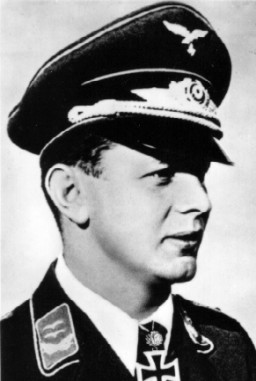
Josef "Pips" Priller was a German military aviator and wing commander in the Luftwaffe during World War II. As a fighter ace, he was credited with 101 enemy aircraft shot down in 307 combat missions. All of his victories were claimed over the Western Front, including 11 four-engine bombers and at least 68 Supermarine Spitfire fighters.
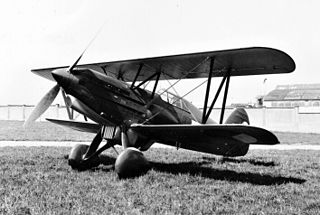
The Avia B-534 is a Czechoslovak biplane fighter developed and manufactured by aviation company Avia. It was produced during the period between the First World War and the Second World War. The B-534 was perhaps one of the most well-known Czechoslovakian aircraft of the era.

Jagdgeschwader 5 was a German Luftwaffe fighter wing during World War II. It was created to operate in the far north of Europe, namely Norway, Scandinavia and northern parts of Finland, all nearest the Arctic Ocean, with Luftflotte 5, created specifically to be based in occupied Norway, and responsible for much of northern Norway.

Jagdgeschwader 77 Herz As was a Luftwaffe fighter wing during World War II. It served in all the German theaters of war, from Western Europe to the Eastern Front, and from the high north in Norway to the Mediterranean.
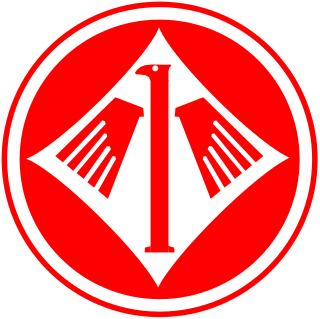
Jagdgeschwader 1 (JG 1) "Oesau" was a German World War II fighter wing created in 1939. Between 1940 and 1942, JG 1 operated primarily over the Western Front and northern occupied Europe. During the initial days of the war, JG 1 faced little resistance, apart from occasional Royal Air Force (RAF) excursions. The unit was rarely engaged in large-scale confrontations during this time.
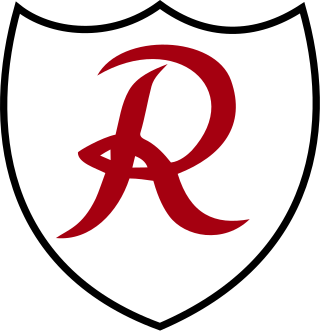
Jagdgeschwader 2 (JG 2) "Richthofen" was a German fighter wing during World War II. JG 2 operated the Messerschmitt Bf 109 and Focke-Wulf Fw 190 single-seat, single-engine interceptor aircraft.
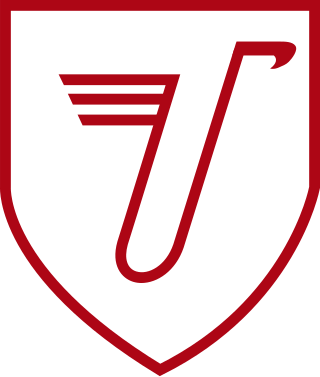
Jagdgeschwader 3 "Udet" was a Luftwaffe fighter wing of World War II. The Geschwader operated on all the German fronts in the European Theatre of World War II. It was named after Ernst Udet, an important figure in the development of the Luftwaffe, in 1942.

Jagdgeschwader 26 (JG 26) Schlageter was a German fighter-wing of World War II. It was named after Albert Leo Schlageter, a World War I veteran, Freikorps member, and posthumous Nazi martyr, arrested and executed by the French for sabotage in 1923. The wing fought predominantly against the Western Allies.

Ernst-Wilhelm Reinert was a German Luftwaffe military aviator during World War II, a fighter ace credited with 174 enemy aircraft shot down in 715 combat missions. The majority of his victories were claimed over the Eastern Front, with 51 in the Mediterranean theatre and 20 over the Western Front. He was "ace-in-a-day" four times, shooting down five or more aircraft on a single day.

Siegfried Freytag was a World War II German Luftwaffe pilot and wing commander. As a fighter ace, he was credited with 102 aerial victories of which 49 victories were claimed over the Eastern Front. Among his victories over the Western Front are at least 2 four-engine bombers. He was a recipient of the Knight's Cross of the Iron Cross Freytag had been nominated for the Knight's Cross of the Iron Cross with Oak Leaves, but the war ended before the paperwork had been processed.

Gustav Rödel was a German fighter pilot and fighter ace who served during World War II in the Luftwaffe.

Jagdgeschwader 11 was a fighter wing of the German Luftwaffe during World War II. Its primary role was the defense of Northern Germany against Allied day bomber raids. Formed in April 1943 as a split from Jagdgeschwader 1, the unit primarily used the Messerschmitt Bf 109 and Focke-Wulf Fw 190.
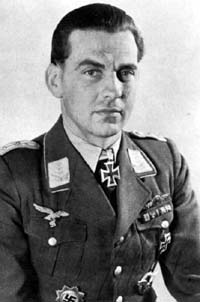
Hans Ehlers was a German military aviator who served in the Luftwaffe during World War II. As a fighter ace, he was credited with 55—that is, 55 aerial combat encounters resulting in the destruction of the enemy aircraft—claimed in an unknown number of combat missions. He claimed eleven victories on the Eastern Front and 44 over the Western Allies, including 23 four-engine bombers.
Ernst Düllberg was a former German Luftwaffe fighter ace and recipient of the Knight's Cross of the Iron Cross during World War II. Ernst Düllberg was credited with 45 victories in 650 combat missions, 36 over Western Front and 9 victories over the Eastern Front.
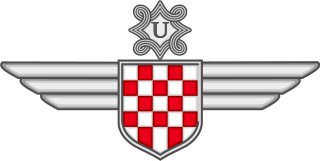
The Croatian Air Force Legion, or HZL, was a unit of the Luftwaffe, composed entirely of volunteers drawn from the nazi puppet-state, the Independent State of Croatia. Many of them had previously served in the Royal Yugoslav Air Force in April 1941 during the Nazi Invasion of Yugoslavia.
The Messerschmitt Bf 109 was a German World War II fighter aircraft designed by Willy Messerschmitt and Robert Lusser during the early to mid-1930s. It was one of the first true modern fighters of the era, including such features as all-metal monocoque construction, a closed canopy, a retractable landing gear, and was powered by a liquid-cooled, inverted-V12 aero engine.
Heinz-Edgar Berres was a Luftwaffe ace and recipient of the Knight's Cross of the Iron Cross during World War II. The Knight's Cross of the Iron Cross was awarded to recognise extreme battlefield bravery or successful military leadership. Berres was shot down on 25 July 1943 over Sicily. Berres claimed 52 victories in 354 missions. He was posthumously awarded the Knight's Cross and promoted to Hauptmann.
References
- ↑ Rajlich & Sehnal 1994 , p. 63
- ↑ Rajlich & Sehnal 1994 , pp. 65–66
- ↑ Rajlich & Sehnal 1994 , pp. 66–67
- 1 2 3 Rajlich & Sehnal 1994 , p. 67
- ↑ Rajlich & Sehnal 1994 , pp. 67–68
- 1 2 3 Rajlich & Sehnal 1994 , p. 68
- Littlejohn, David (1994). Foreign Legions of the Third Reich. Vol. 3: Albania, Czechoslovakia, Greece, Hungary, and Yugoslavia. R. James Bender. ISBN 978-0-912138-29-9.
- Rajlich, Jirí; Sehnal, Jirí (Winter 1994). "'Tatra Eagles': The Slovak Air Force in Combat, 1942–1945". Air Enthusiast . No. 56. pp. 63–68. ISSN 0143-5450.